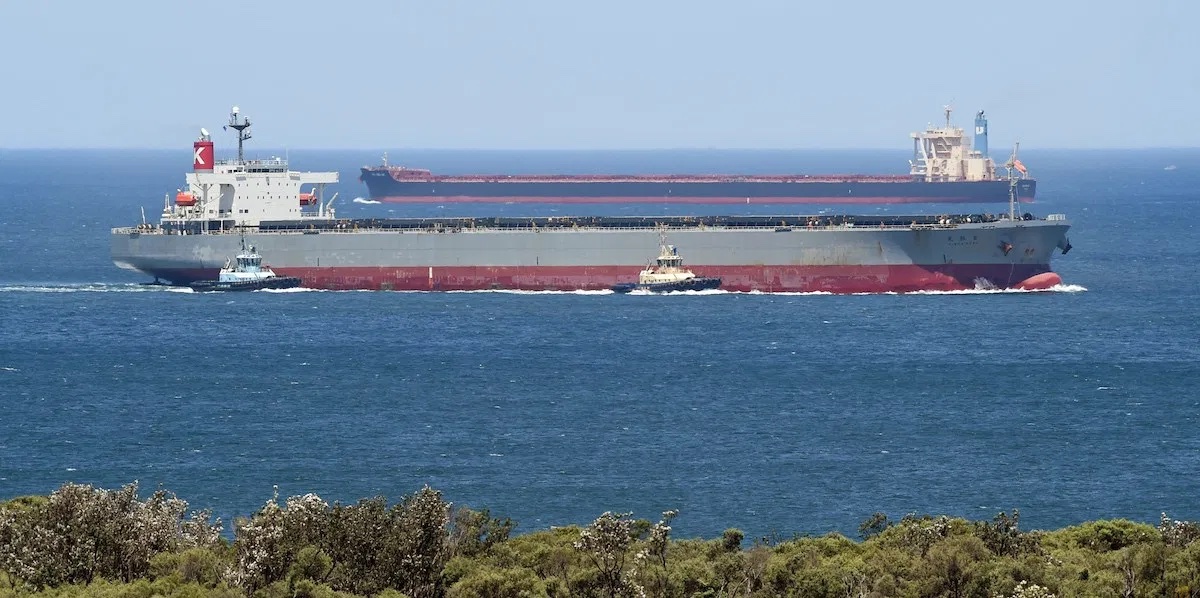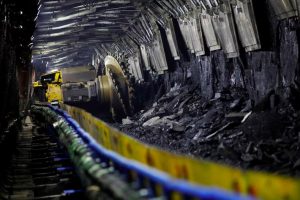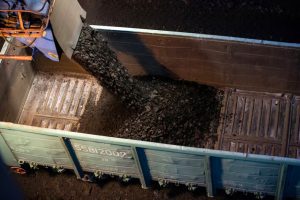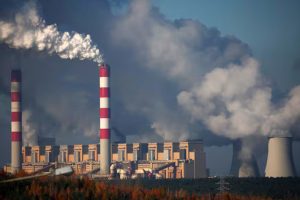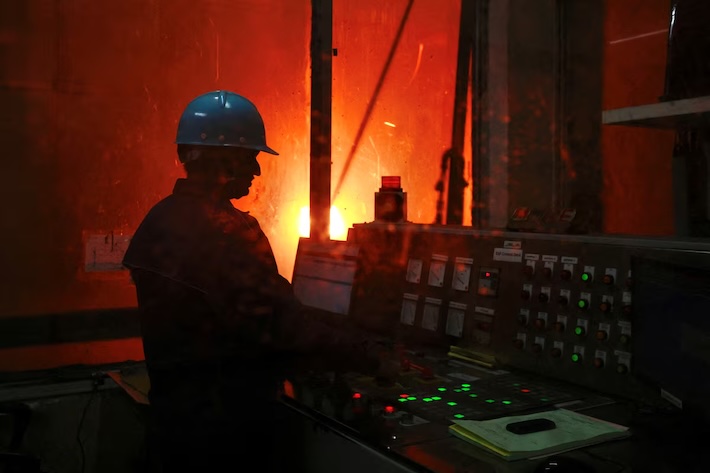(ATF) An extraordinary standoff is occurring off the east coast of China, where at least 70 bulk carriers loaded with coal from Australia – plus an estimated 1,400 seamen – are stranded in what appears to be a geopolitical feud.
The vessels have been unable to discharge their cargoes since at least August allegedly because Beijing wants to punish Australia because its prime minister called in April for an inquiry into the origin of the coronavirus.
Crewmen on these vessels have been begging for help on social media, explaining that they have not been allowed to disembark in China, which has reportedly given reasons such as concern about the coronavirus and ‘environmental issues’, and the skippers have been ordered to stay near their destination because owners of the vessels are reluctant to break contracts signed to deliver the coal to customers in eastern China. Some vessels have up to 160,000 tonnes of coal on board.
This apparent bilateral spat is part of what has been described as a ‘shadow trade war‘ that China has waged on Australia, involving many other products such as wine, beef, barley, timber, cotton, which has savaged trade with companies in China that have been unable to receive goods they ordered after warnings by Chinese officials.
While tensions between the two countries have heated up, the crewmen on these vessels “appear to be caught in the middle of a geopolitical feud with hundreds of millions of dollars of paid-for coal hanging in the balance”, The New York Times reported.
Concern has grown about the toll that this bilateral stand-off has taken on the crews of these vessels, amid reports that at least one crew member has attempted suicide already. This has drawn the International Maritime Organization into the dispute to try to find a solution that would allow the men to go home. However, this is not simple, because of the complex web of owners of vessels flying under many different national flags.
The irony about this predicament is that Australian coal producers have already been paid for the cargo on these vessels, and with the dispute now dragging on into the coldest months of the northern winter, it is the ship owners, the crews on their vessels, plus ordinary citizens in China who have been hit hardest.
That is because energy companies have been unable to keep up with industrial and residential usage and regions in eastern China have been hit by blackouts at a time when demand has surged because of the freezing temperatures.
Just before Christmas, the Global Times reported that China’s National Development and Reform Commission had given approval for 10 major power enterprises to import coal “without clearance restrictions, except for Australia.” That report, which has since been cut from the state-owned media outlet’s website, was seen by many as proof of China’s unofficial ban on Aussie commodities (except for its much needed iron ore).
China has reported power squeezes in Hunan, Jiangxi and Zhejiang provinces since early December, as an economic recovery, cold weather and supply bottlenecks sent power loads at grids to near record highs. Power consumption had expanded over the past few weeks by 11% over a year earlier, officials said, with loads at 20 provincial grids rising at double-digit pace.
Cold spell to hit central, north and east
To cope with the growing need for power generation amid the cold spell, the agency urged top coal producing regions like Shanxi and Inner Mongolia to expand mining and also called for prioritising rail transport of coal.
Demand for natural gas, a key heating fuel for the winter in China’s north, is expected to surge further as a cold snap is forecast to hit large swathes of the country’s central, northern and eastern regions, causing temperature to drop by as much as 10 to 12 degrees Celsius.
So, attention has turned to state-owned oil companies and energy producers – given citizens want to know what their government is doing to resolve the power shortages, as a cold spell intensifies.
This led to Sinopec Corp pledging on Tuesday to maximise domestic gas production and saying it would raise imports of liquefied natural gas (LNG) to record rates next month.
Sinopec, which is Asia’s top spot importer of LNG, said it would import further amounts of gas to receiving terminals in Tianjin in the north and Qingdao in the east in January.
The company will also increase domestic natural gas production by another one million cubic metres a day by the end of January by accelerating the drilling of new development wells, it said on a company micro-blog, Reuters reported.
PetroChina aims to double shale gas output in Sichuan
In other energy news, PetroChina Co Ltd, Asia’s largest oil and gas producer, aims to more than double shale gas output from operations in the Sichuan basin to more than 22 billion cubic metres (bcm) by 2025 from this year’s level, China News Service reported on Tuesday.
Shale gas operations managed by PetroChina’s Southwest Oil and Gas division will top 10 bcm this year, making the company China’s single largest shale gas producer, the news agency said. The operation covers Yibin, Zigong, Neijiang, Luzhou and Yongchuan regions of the gas-rich Sichuan province in southwest China as well as Yongchuan in Chongqing municipality.
PetroChina sunk more than 240 wells this year in the sprawling blocks of Sichuan, resulting in daily shale gas output 40% higher than at the beginning of 2020, the report said. PetroChina started appraising shale gas blocks in the Sichuan basin in 2006 and made its first major discovery with the Wei-201 well in 2010.
With additional reporting by Reuters




